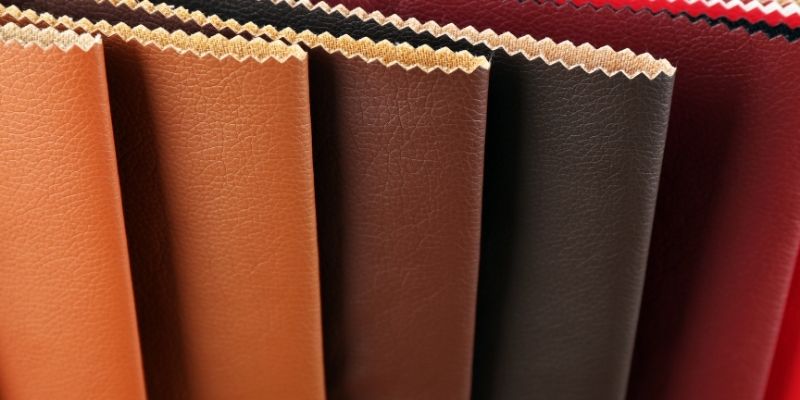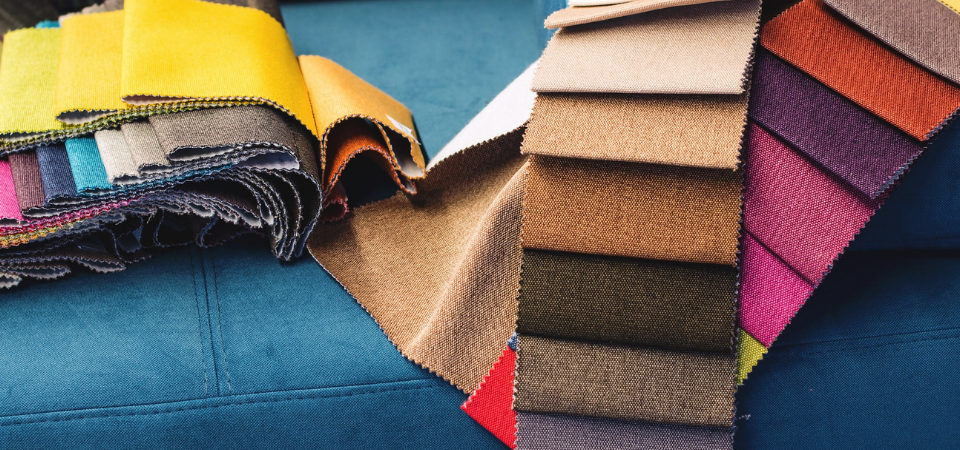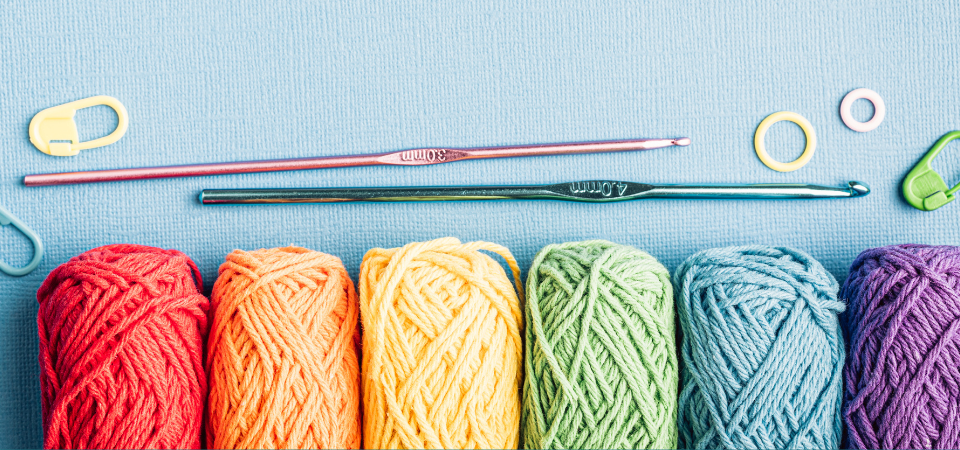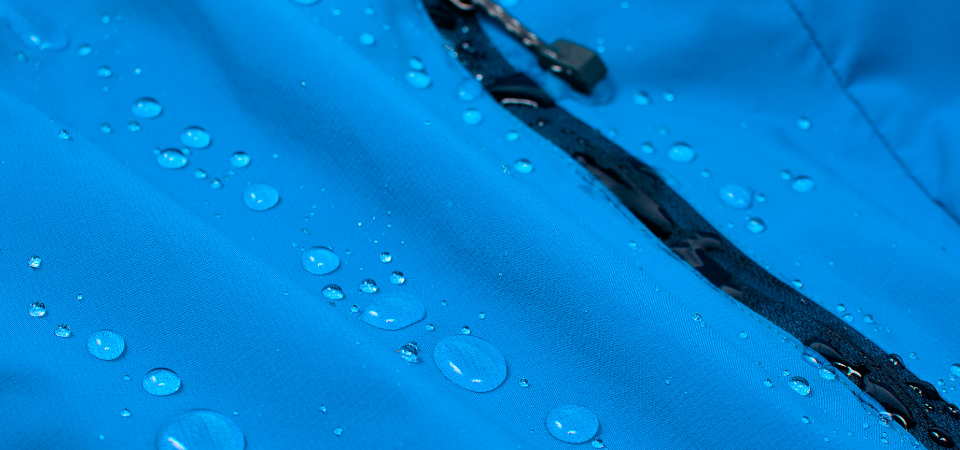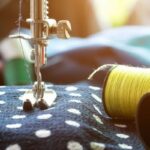
Step-by-Step Guide to Selecting Sewing Machine Threads
November 16, 2023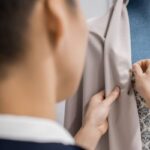
Alternative Fabric Joining Methods Applied in Textiles
November 28, 2023The most important point in textile production is undoubtedly the fabric selection process. Because it is the most important factor that highlights the product, determines its properties, and affects the purchase status of that product. There are many tips to select the right fabric, both as a customer and as a manufacturer. Characteristics such as durability, quality, fiber type come to the fore in the selection process of a fabric. The fabric selection process may differ depending on where the textile product will be used. It is important to know where, by whom and how often its product will be used to choose a suitable fabric in the field of apparel and fashion. The cost of fabric for manufacturers is also among the points to consider. Fabric selection can sometimes be made by going to a fabric factory physically, sometimes by going to the factory’s online store. For this reason, the tricks and details of the fabric selection are mentioned in this article.
Key Factors to Consider When Choosing Fabrics
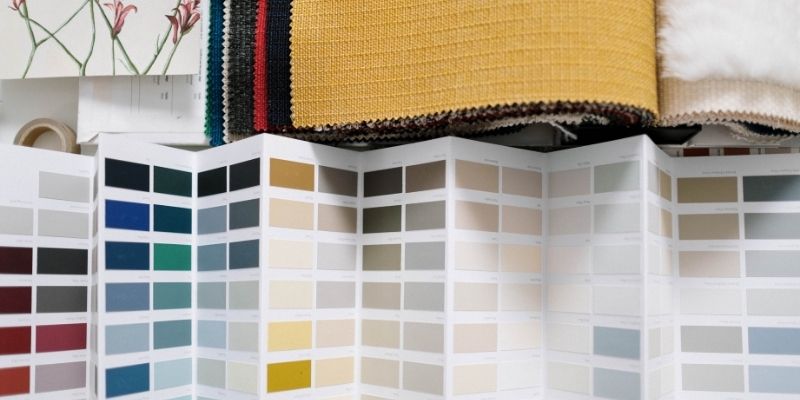
Fabric selection is an important process in many ways. The choice of the wrong fabric can create problems in the properties of the desired textile product, as well as in the emergence of design and printing. Therefore, the fabric selection process must be carried out with care, the necessary research must be carried out and implemented. All key factors that need attention in the selection process are below.
1. Durability of Fabric
Durability of fabric is an important criterion because durability is required according to the use of the textile product. A product used every day is expected to have a high durability. Durability of fabric factor has a major impact on the purchase status of the product and that’s why it is expected to be found not only in daily apparel but also in child clothes. Details such as how long the fabric can be used, it will be used by whom, and care instructions of that cloth are very important for the fabric selection process.
2. Texture
The majority of textile products are products that come into direct contact with the skin, therefore its texture is crucial. The factors that make up the texture are caused by the yarn used. There are many natural and synthetic yarns, and these threads can also be separated according to whether they are environmentally friendly among themselves. The texture of each material is different. While silk has a more slippery, draped, and soft texture, synthetic fabrics can have a relatively harder texture. This factor becomes even more important than the use of the textile product. For example, when choosing fabric in daily clothing products, it is considered that it has a soft texture.
3. How Easy It Is to Clean a Fabric
The maintenance and cleaning process also differs for different types of fabrics. Some fabrics are suitable for machine washing many times, while others may require dry cleaning or machine washing at a special setting. Similarly, some fabrics stain very quickly and show these stains, while others do not stain. For this reason, how easily a fabric is cleaned is an important factor for the fabric selection process. Cleaning and maintenance process is expected to be easy in textile products that require daily use.
4. Fading Scale
Another important factor in the fabric selection process is the degree of fading of the fabric. Some fabrics quickly cool color, while others are more resistant to wear of colors and patterns. This factor is important depending on what the textile product is and where it will be used. For example, a product that will be subject to washing very often in the home must be fading resistant. A suitable fabric should also be selected for products that will be used outdoors and are likely to be exposed to the sun.
5. Color
It is important that the fabric is suitable for painting. For products that need to be produced in certain colors and prints to be made, the fabric must have a paint-holding structure. For this reason, it is important to choose the appropriate fabric for colored products.
6. Fabric Quality
In most textile products, quality is the first sought-after detail, so it is important for the fabric selection process. Natural fabrics like cotton, silk and wool are very healthy as well as high quality fabrics. Also, depending on the material used, synthetic and natural-synthetic blended fabrics can be high quality.
7. Type of Fabric
Fabric types are divided into two naturally and synthetically. Some fabrics are also produced from a mixture of natural and synthetic fabrics, as they are intended to be upgraded in terms of features. Details such as the quality of the fabric, its pricing and maintenance instructions vary depending on the types of fabrics. The right type of fabric must be chosen very carefully with all this in mind.
Choosing the Right Fabric for Apparel and Fashion

The right fabric selection for apparel and fashion is of great importance because the fabric is the material that comes in direct contact with the skin. When selecting the right fabric, especially in the field of fashion, a lot of factors should be considered. The first step in choosing the right fabric is to determine where the textile products will be used. While more comfortable, soft and light fabrics are preferred in everyday clothes, fabrics with a draped, stylish and token appearance are preferred in clothes to be worn in more special places. Fabrics that breathe, are high absorbency, thin and do not limit mobility are more ideal for athletes. As can be seen, choosing fabric based on where to use the outfit is most accurate. In addition, who will use the outfit is an important detail. Fabrics made of natural threads are more ideal for babies and children, with sensitive skin. These people may prefer fabrics that do not irritate the skin, cause no allergies, and provide a soft touch. Finally, the degree of fading of the fabric, its quality, texture, durability and how easily it is cleaned are also important and paid attention in the fabric selection made in the clothing and fashion industry.
Sustainability in Fabric Choices: Eco-Friendly Options
As can be seen, many details are important when choosing fabric, and the selection process is carried out diligently. Features such as fabric durability, quality, texture are of course very important in the selection process, but environmentally friendly options also stand out especially recently. The textile industry is the second largest pollutant worldwide and harms the ecosystem greatly. There are many applications to prevent this damage. These applications include the selection of environmentally friendly and sustainable fabrics. The fabric selection made of natural and environmentally friendly yarns that can decompose in nature during fabric selection is important. Natural fabrics can decompose in nature, while synthetic fabrics stand in nature for centuries. In addition, yarns such as cotton and wool produced by organic farming are ideal choices for fabric selection. These choices reduce greenhouse gas emissions, prevent soil fertility from falling and protect biodiversity. For this reason, environmentally friendly choices have become one of the points to be considered.
Choosing Fabric at Store & Online
You may need to choose fabric as both a consumer and a manufacturer. At this stage, it is possible to choose whether in an online environment or physically in a store. Both online and physically methods have their own pros and cons. When you physically go to a store and choose fabric, you have the opportunity to learn by experiencing the texture, color, and quality of the fabric. There is no such opportunity to purchase fabric online. Colors may look faulty in visuals, and the texture of the fabric may differ from what you expected. There may also be problems with returns. For this reason, it is necessary to pay attention to the return policy and detailed fabric descriptions of the online store. It is possible to find more varieties and colors in online stores compared to physical stores. When choosing fabric, it is recommended to analyze your needs and determine which one is more suitable for you.

